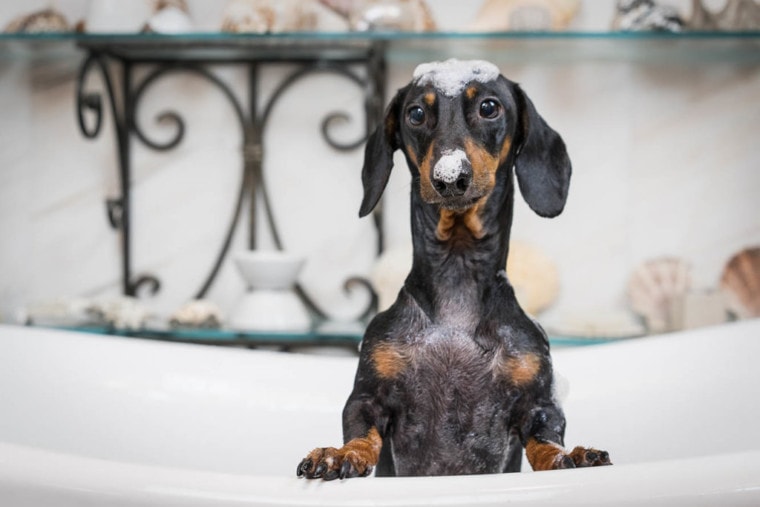
Humans and their canine companions share an affectionate relationship. And if you are a pet lover, you understand how bathing and grooming your pup is a wonderful bonding experience. It’s also an emotional investment.
Although most canines will scamper on the mention of the word “bath,” a good wash plays a vital role in the animal’s skin and coat health with their canine friends.
Bathing times scare many dogs, but with a bit of know-how and preparation, it can be a fantastic experience for both of you. Whether you take to a groomer or do it yourself in your home, here’s what you need to know to make bath time tolerable and fun for your pup.
The 6 Steps to Bathe Your Dog
You can now go to the main thing-bathing your pup. Try as much as you can to get your dog to want a bath. But, here’s what to do even if it doesn’t like it.
1. Brush Before You Bath It
Matted fur holds water and prevents shampoo from penetrating the skin. Brushing allows you to detangle and trim mats and prevent you from wasting water and shampoo.
This process will also allow you to ensure that the water is lukewarm and talk to your pet in a calm and reassuring tone.
2. Apply Shampoo
Now that you have a calm pup, apply shampoo on the dog’s coat before you wet it. Rub it in and add a little water to get a nice lather. Ensure that the shampoo is dog-designated and can penetrate the skin easily.
Proceed and work through the thick using your fingers or a soft rubber brush. Get the shampoo to your dog’s most forgotten areas like the paws, armpits, stomach, and tail.
Don’t get the shampoo to the pet’s face and eyes, though. You can use a dog-friendly “face wash” or a dampened cloth instead.
Giving your pet a bath can be a difficult task, but the first step is to choose a great shampoo. We love Hepper's Shampoo Products, both of which are natural, pet-safe options specially formulated to clean your pet's skin and coat without causing irritation. Both formulas are also free of things like dyes, soaps, sulfates, and phthalates. Your pet will enjoy the soothing aloe vera and oatmeal, and you'll love the clean, fresh scents!
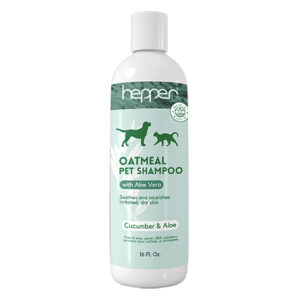 |
 |
|
|---|---|---|
| Hepper Colloidal Oatmeal Pet Shampoo | Hepper Waterless No Rinse Pet Shampoo | |
| Natural Ingredients |
Natural Ingredients:
|
Natural Ingredients:
|
| Made in USA |
Made in USA:
|
Made in USA:
|
| Safe for cats & dogs |
Safe for cats & dogs:
|
Safe for cats & dogs:
|
| Soothes dry skin |
Soothes dry skin:
|
Soothes dry skin:
|
| Waterless, no rinsing required |
Waterless, no rinsing required:
|
Waterless, no rinsing required:
|
At Pet Keen, we've admired Hepper for many years, and decided to take a controlling ownership interest so that we could benefit from the outstanding designs of this cool cat company!
3. Rinse Thoroughly
Rinse the dog’s coat thoroughly after shampooing by running clean water through the fur. Ensure that the water runs clean of dirt and shampoo bubbles no longer form.
Start by rinsing at the neck’s back, between the front shoulders, and work downwards to the feet. Ensure you don’t leave the shampoo in the armpits, belly, and between the toes.
Also, remember to cover your dog’s ears when rinsing to prevent water from getting in the ear canals. You can use cotton balls to cover them.
4. Air-Dry
Dry your dog’s coat after washing it because trapped moisture can cause itching, infections, and hot spots. Also, damp hair gets matted quickly.
You can use a dry towel for a smooth and single-layered dog coat. However, a blow-drier is the best option for dense-coated dogs to ensure they dry completely.
5. Remember to Brush Again
Now that your dog’s coat is dry run the brush through it to remove extra-dead hair and help detangle it. You can also run the brush through the fur while brushing to save time.
6. Reward Your Dog
Bath time takes a toll on any dog. You can calm it down by praising, rewarding it with treats, or playing with it.
You can help your pup vent its frustration by playing games like tug of war using a towel or allowing it to run through your yard. This way, it’ll associate bath time with pleasantries and always look forward to the next session.
 How Often Should You Bathe Your Dog?
How Often Should You Bathe Your Dog?
You should avoid washing more often than necessary. While you think you’ll be keeping a dog clean and healthy, you are stripping the coat of natural oils, leaving it dry and bare.
Bare skin is more prone to matting, dandruff, and frizzies. How often you bathe your dog depends on many factors, including the breed, environment, coat type, size, and activities.
1. Indoor dogs
Indoor dogs in apartments and condos are not so active and rarely get dirty. As a result, they only require bathing once a month.
2. Active Dogs

Dogs that love playing in the yard, swimming, playing in the mud, going for walks, and training require more frequent baths at least twice a week.
3. Dogs with Oily Coats
Dogs like Basset Hounds have oily coats and require bathing as frequently as once a week.
4. Short-Haired Breeds with Smooth Coats
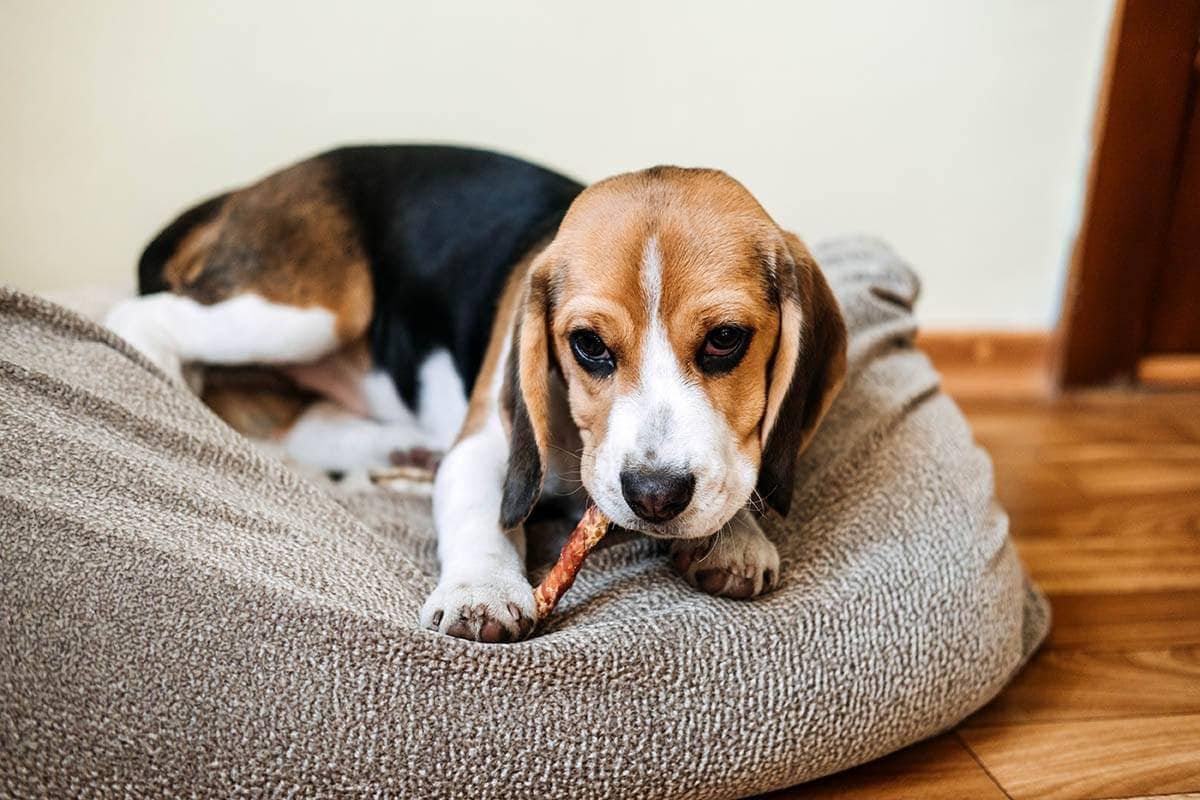
Short-haired and smooth dog breeds like Beagles do just fine with occasional baths. Other Short-coated breeds like Basenji dogs appear meticulous and rarely need a bath.
5. Dogs with Water-Repellant Coats
Golden Retrievers and the Great Pyrenees dog have water-repellent coats, requiring fewer baths to preserve natural oils.
6. Breeds with Dense, Double Coats
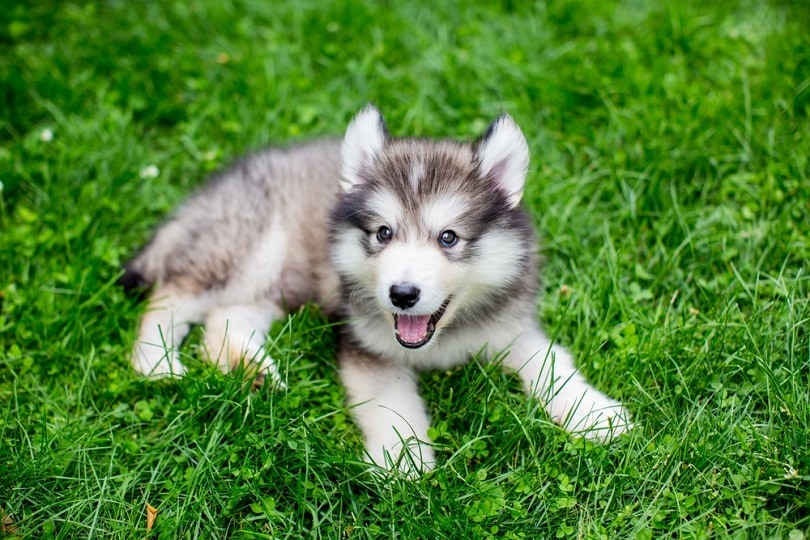
Thick-coated dog breeds like Samoyed and Malamutes do well with lots of brushing but fewer baths. This is because they only need to get rid of dead fur and distribute the skin’s natural oils after all.
7. Dogs with sensitive Skin and Allergies
Wash any dog with a medical condition or skin sensitivity according to the vet’s guidelines. The doctor will schedule bath times, recommend shampoos, and ask you to bath as frequently as possible when starting treatment.
Always talk to your family vet to establish a schedule that serves the dog best and addresses its needs.
Where Should You Bathe Your Dog?
It would be best to determine the best place to wash your dog. First off, consider the breed’s size to ensure you have enough space in your home and determine whether to bathe the canine indoors or outdoors.
The advantage of a small breed is that you can just plop it into a sink. But if your dog is too big for the sink, you may have to use a bathtub.
Better still, get into the shower together and use a detachable nozzle.
There are times when you have to bathe your dog outside. A portable dog tub is collapsible, so you can take it outside and wash your pup in it.
Or, use a hosepipe on a filthy dog and if the weather is favorable. This option should be occasional, though, as dogs hate when you shoot a horse at them.
Best Water Conditions for Bathing a Dog
If you want to make your dog look forward to bath time, cold water on a chilly day won’t help with that, especially if you are bathing it from outside.
Always be mindful of the water temperature, the weather, and pressure when washing your pup. Whether you are using a shower head or hosepipe, use low water pressure and lukewarm temperature to wash your canine friend.
The water should be warm enough to make any dog comfortable and get the job done. Plus, colder water doesn’t clean that well anyway.
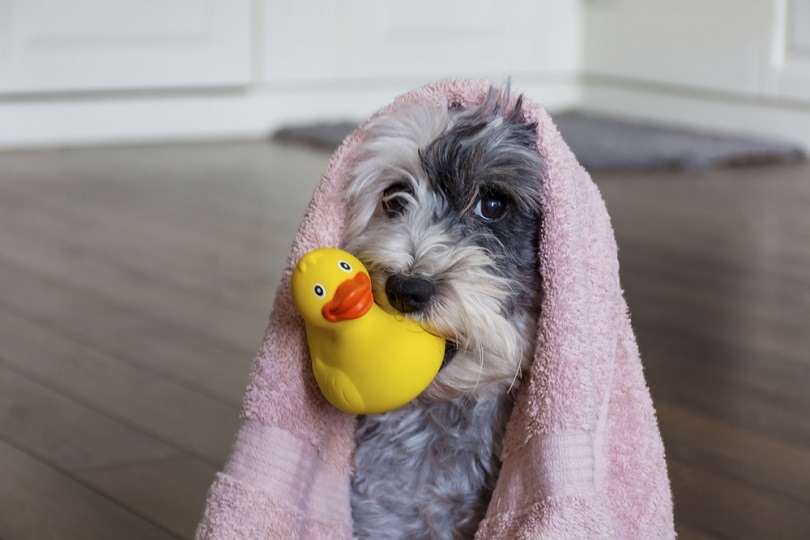
How to Prepare to Bathe Your Dog
Don’t turn the water on before you set up the bathing environment. Ensure that the environment is as comfortable as possible so the dog will associate the event positively.
You can start by prepping the coat so the process doesn’t trigger discomfort. Then rub your dog’s coat with your hand to allow it to calm down. Finally, brush it, especially if the fur is prone to tangling.
The tangled fur can form mats if you start bathing your dog without brushing, turning the would-be-good experience into an unpleasant one.
Necessary Supplies for Bathing a Dog
- Related Read: How Often Should You Bathe Your Dog?
Final Thoughts
Few dogs love bath time. Your pup will only play nice and calm to allow you to scrub it clean for the treats and praises. This experience causes stress and anxiety for most dogs, prompting the dog to get defensive and hurt you in the process.
So, if your canine friend can tolerate bath time just for you to scrub its coat and run water through it, the best you can do is get it right. Make bath time a fantastic experience using the correct tools, water temperature, and the proper bathing procedure.
Don’t forget after-bath treats too!
Next on your reading list:
Featured Image Credit: 135pixels, Shutterstock

 How Often Should You Bathe Your Dog?
How Often Should You Bathe Your Dog?



